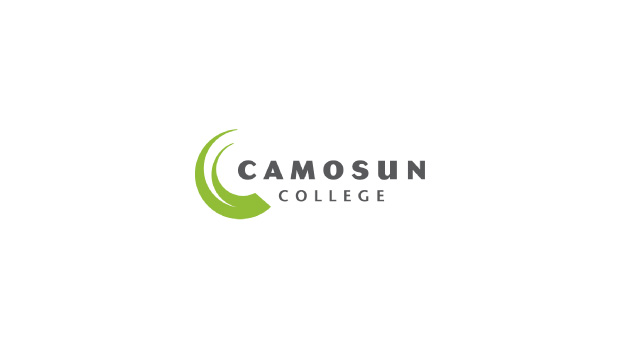Intro
Explore chemical bonds and their ability to absorb and emit light waves and energy as you make tonic water glow a bright blue!
Volunteers: 3-8
1: to discuss the procedure/background science.
1-5: to hands-on assist with the procedure (each set-up should have a dedicated volunteer because the procedure is dangerous (bleach)).
1: to monitor safety (especially if it’s a larger group of students).
Equipment
- Small clear cups (can be plastic or glass)
- Eye dropper
- Ultraviolet/UV (black) lightbulb
- Gloves (due to handling of bleach)
- *Hand sanitizer (optional, to clean hands afterward)
- **Garbage bags, paper towels/surface cleaner (or other safe disposal method)
- **Access to a sink
- ***Room that can be darkened
Materials
- Tonic water
- Bleach
Procedure
- Fill a plastic cup with tonic water (roughly 1 cup or more)
- Turn out the lights and turn on the black light
- Shine the black light on the tonic water, what happens?
- Turn the lights back on
- Place a couple of drops of bleach (2-5 drops) into the tonic water using an eye dropper (a volunteer or adult should do this step, bleach should not touch your skin)
- Turn out the lights and turn on the black light
- Shine the black light on the tonic water + bleach solution, what happens now?
- Safely dispose of all
Background Science
Learning Question: What type of light is in a black light? What is quinine? How do they work together here?

Tonic water will glow a bright blue when placed under an ultraviolet light. This is because tonic water contains a chemical called quinine. Two chemical representations of quinine shown here:
Notice the double bond in the top right of the chemical structure. This is a double carbon-carbon bond, a bond that is capable of absorbing, holding and then re-releasing energy.
Ultraviolet light (or black light) is very high energy. See here a representation of the electromagnetic spectrum (all light waves coming from the sun). UV light is toward the left end, meaning it has a shorter wavelength (size of wave), high frequency (number of waves per second) and is therefore higher energy. UV light (UVA & UVB) is the light from the sun that causes you to tan! This is your body’s attempt to protect itself from the harmful UV rays.


When the (invisible to our eye) ultraviolet light hits the tonic water, the quinine’s double carbon-carbon bond absorbs some of the light wave’s energy and becomes “excited”. When the quinine then relaxes back to its normal chemical state (or ground state), it re-releases the light as visible blue light that our eyes can see.
After mixing a few drops of bleach into the tonic water, however, it should have stopped glowing. Why? Bleach (or sodium hypchlorite, seen to the left) is an oxidizing agent and can disrupt and break certain chemical bonds (specifically carbon–carbon double bonds). By adding bleach to the tonic water it takes away the quinine’s ability to absorb ultraviolet light, and therefor takes away its ability to re-emit glowing blue light.




























